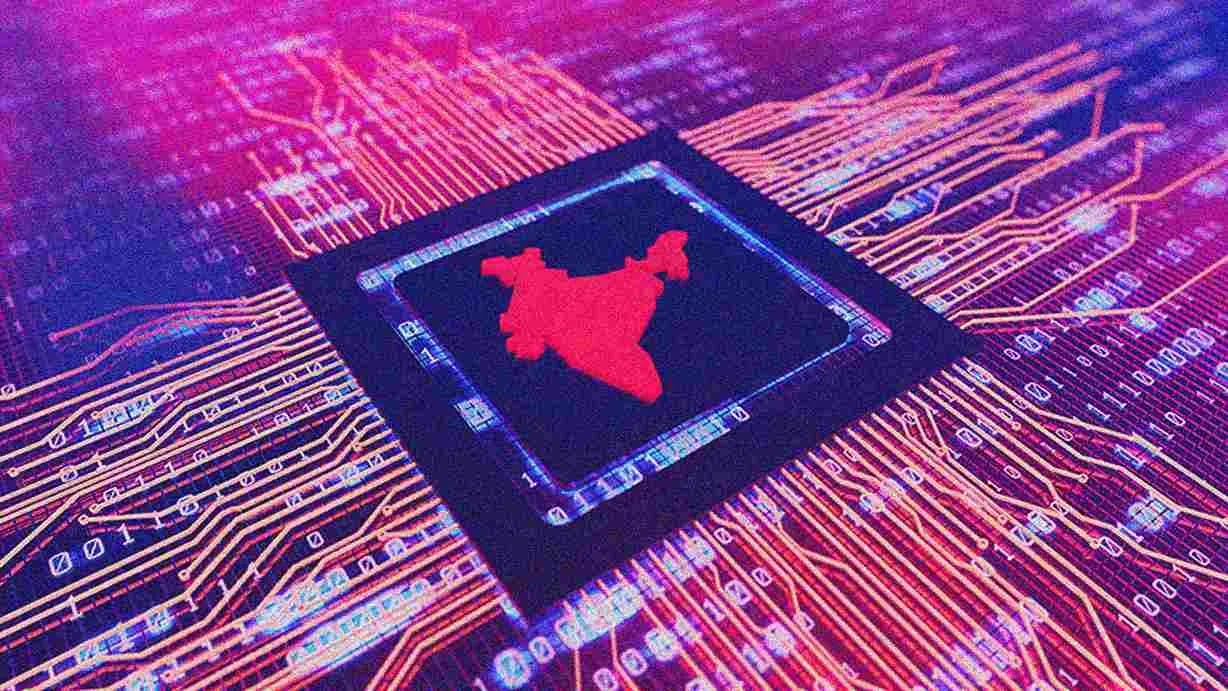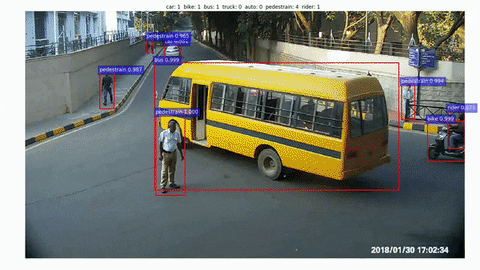The little space craft that could. From the country with the biggest population on earth. The least expensive space craft that could. From the country with the biggest determination to do more with less. And the nation on its way to make its mark in the ‘World’s Space Business”, as the NYTimes recounts recently in detail.
Google just celebrated India and the Indian Space Research Organization’s (ISRO, aka India’s NASA) accomplishment with the awesome Google Doodle above and the congratulatory statement below:
“Today’s Doodle celebrates the first ever landing on the moon’s south pole! The Chandrayaan-3 spacecraft launched from the Satish Dhawan Space Centre in Sriharikota Range, Andhra Pradesh, India on July 14, 2023 and successfully touched down near the lunar south pole region on August 23, 2023. Moon landings are no easy feat. Previously, only the United States, China, and the former Soviet Union have completed soft landings on the moon — but no country has made it to the southern pole region before now.”
“The moon’s south pole has been an area of heightened interest for space explorers as they suspected the existence of ice deposits located inside permanently shadowed craters. Chandrayaan-3 has now confirmed this prediction to be true! This ice offers the potential of critical resources for future astronauts such as air, water, and even hydrogen rocket fuel.”
“And what were Chandrayaan-3’s first thoughts after achieving this historic feat?: “India, I reached my destination and you too!” Back on Earth, India’s Prime Minister Narendra Modi congratulated scientists from the Indian Space Research Organisation (ISRO) stating, "The success belongs to all of humanity… It will help moon missions by other countries in the future. I'm confident that all countries in the world can all aspire for the moon and beyond. The sky is not the limit!”
Congratulations to the Chandrayaan-3 space mission! We’re over the moon for you!”
What does this have to do with AI you might ask, as a reader of a substack on AI? Well, not much today. But I dare say a lot more in the tomorrows to come.
Particularly due to the country’s innate determination and creativity to do more with less. And the country’s raw, latent talent to accomplish it. And AI is an area that needs both those elements at scale.
In my piece “India, AI, and Beyond” back this June, I recounted how OpenAI’s Sam Altman sparked a minor kerfuffle in India while on his world AI tour. The incident stemmed from the OpenAI founder responding to a question on India’s ability to build Foundation LLM AI capabilities with a $10 million budget, instead of the more typical $100 million plus needed by most companies in the US. His response that it’d be ‘hopeless’ ruffled a few feathers. He went onto provide more context to the discussion.
India’s ISRO showed how they can do more with less given its annual budget of $1.5 billion vs $25 billion plus for NASA. At those relative ratios, India could likely manage a Foundation LLM AI effort as well. Public or private. Also, the world of Foundation LLM AI continues to evolve, especially with recently released open source models like Meta’s Llama 2 and others. Not to mention the thousands of additional LLM AI models and tools available on Amazon AWS, Hugging Face and other hubs available to Indian developers and entrepreneurs large and small.
Coming back to India’s space program, the New York Times piece today “India’s Frugal Path to Global Clout: Breakthroughs in Space and Beyond” highlights:
“Even during the difficult decades when India was struggling to muster resources and find a path out of poverty, its scientists were aiming high in a characteristic style: frugally and often with little fanfare.”
“Some of their breakthroughs, such as the nuclear tests that began in the mid-1970s, brought sanctions and restrictions on knowledge sharing that forced the scientists to become self-reliant for leaps forward. Others, such as India’s repeated success in space exploration, were followed by nagging questions of priorities: Should a nation unable to meet the basic needs of much of its vast population be focusing on the skies?”
“But now, as the South Asian giant gradually comes into its own as an economic and geopolitical power, its deeply rooted tradition of scientific and technological excellence is showing itself to be a pillar of its rise and offering a blueprint to nations with similar aspirations.”
As I said back in my June piece on India and AI:
“In a nation that’s building on its ability to be more than the back office for the world’s leading companies, India has a lot to contribute to AI and beyond”.
A similar level of efficiency would indicate that India has the ability to compete anywhere it wants in the LLM AI space over the coming years. And they certainly have the ability to amass and leverage a tremendous amount of untapped Data given the size of the population and its burgeoning footprint already online. And at least keep pace with what China is focused on around LLM AI, even with the accelerating AI technology curbs by Washington.
With the largest population in the world now (surpassing China just this year) of over 1.4 billion, India has one of the largest proportions of young people, with 65% of Indians being under 35 years. It’s likely that quite a few more young people from India are going to be inspired by India’s space accomplishments, to pursue educations and careers in math and science.
And in case you missed it, AI is more about those two together than any other computer discipline before it. Of course there is historical precedent. Note how the Soviet Union’s ‘Sputnik’ in 1957 inspired America and a generation of its young to land on the moon a dozen years later. That alone led to continued, amazing achievements that have paid dividends in our lives to this day. It’s reasonable to expect Chandrayaan-3 landing on the moon doing the same for a generation of Indians to come.
And of course India’s youth is already inclined towards math and science. Of course the government in India has big challenges and opportunities ahead to harness its ‘youth dividend’, their space program is currently a tail wind. Also, with many of the best and brightest of India going abroad, they eventually drive technology and AI innovations and investments back.
Just as China benefited immensely in its rise to the world’s largest economy with the Chinese diaspora from Taiwan and other nations, India has a similar pool to draw upon in the years to come. As the Economist noted recently in “India’s diaspora is bigger and more influential than any in history”:
“Of the 281m migrants spread around the globe today—generally defined as people who live outside the country where they were born—almost 18m are Indians, according to the latest un estimates from 2020 (see chart 1). Mexican migrants, who comprise the second-biggest group, number some 11.2m. Chinese abroad come to 10.5m.”
Ultimately, the point of this discussion is not the superiority of any one group of people vs another in their ability to innovate, contribute and prosper. It’s more in the context of a never-ending global debate around the relative disadvantages that come with location and history. And the ability of people to accomplish things against the odds of historical legacy.
So this laudable lunar landing by India is a good moment to congratulate and celebrate. And consider what this group of folks can and will contribute to the world at large, in fields related to AI and beyond. Stay tuned.
(NOTE: The discussions here are for information purposes only, and not meant as investment advice at any time. Thanks for joining us here)








